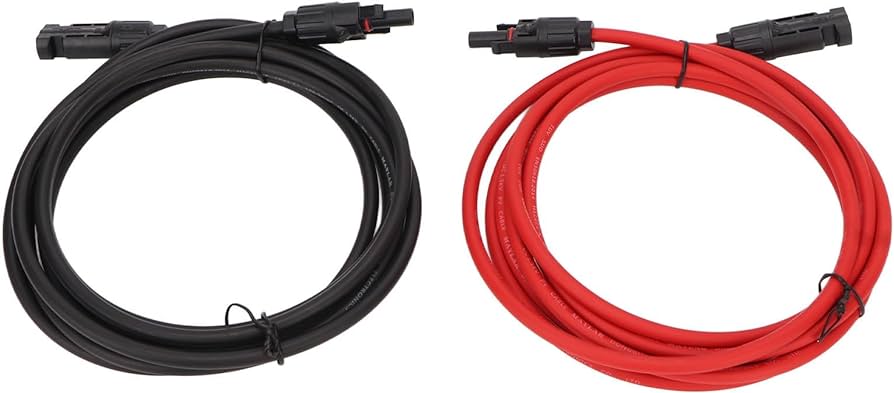As the demand for renewable energy sources continues to grow, solar power has emerged as a leading solution for sustainable electricity. Solar energy systems, however, require a variety of components to function efficiently, and one of the critical elements is the solar cable extension. This article delves into the significance, types, and best practices associated with solar cable extensions.
What is a Solar Cable Extension?
A solar cable extension is a specialized cable designed to connect solar panels to other components in a solar power system, such as inverters and batteries. These cables are crucial for transmitting the direct current (DC) electricity generated by solar panels over longer distances without significant power loss. Solar cable extensions are typically made from high-quality materials to ensure durability and reliability in various environmental conditions.
Importance of Solar Cable Extensions
- Flexibility in System Design: Solar cable extensions provide the flexibility needed to install solar panels in optimal locations, even if they are far from the inverter or battery storage. This flexibility can lead to more efficient system designs and better overall performance.
- Reduced Power Loss: High-quality solar cable extensions are designed to minimize resistance and power loss during transmission. This ensures that the maximum amount of generated electricity reaches the intended destination, improving the efficiency of the solar power system.
- Safety: Properly insulated and weather-resistant solar cable extensions enhance the safety of solar power systems. They reduce the risk of short circuits, electrical fires, and other hazards associated with poor-quality wiring.
Types of Solar Cable Extensions
- Single-Core Cables: These are commonly used in solar installations due to their simplicity and effectiveness. They consist of a single conductor and are available in various thicknesses to accommodate different current levels.
- Twin-Core Cables: Twin-core cables have two conductors, making them suitable for applications where both positive and negative wires need to be run together. They are often used in residential and small-scale solar systems.
- Multi-Core Cables: For larger and more complex solar installations, multi-core cables can be used. These cables contain multiple conductors within a single sheath, providing a neat and organized wiring solution.
- Extension Kits: Some manufacturers offer pre-assembled solar cable extension kits, which include connectors and other necessary components. These kits simplify the installation process and ensure compatibility with various system components.
Best Practices for Using Solar Cable Extensions
- Correct Sizing: It is crucial to choose the right cable size based on the current and voltage requirements of the solar power system. Undersized cables can lead to overheating and energy loss, while oversized cables can be unnecessarily costly.
- Quality Materials: Investing in high-quality solar cable extensions made from UV-resistant and weatherproof materials ensures longevity and performance, even in harsh outdoor conditions.
- Proper Installation: Cables should be installed according to manufacturer guidelines and local electrical codes. This includes secure connections, appropriate insulation, and protection from physical damage.
- Regular Maintenance: Periodic inspection and maintenance of solar cable extensions are essential to identify and address any wear and tear, ensuring the continued safe and efficient operation of the solar power system.
Conclusion
Solar cable extensions play a pivotal role in the effective functioning of solar energy systems. By providing the necessary flexibility, reducing power loss, and ensuring safety, they enable the seamless transmission of electricity from solar panels to inverters and batteries.
